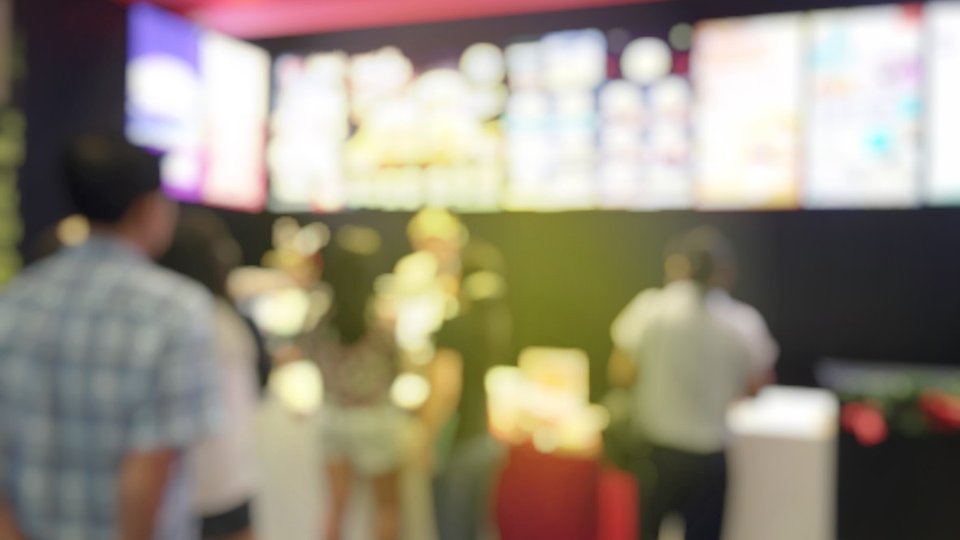Technology
'Don't stand so close to me': How fast food can thrive without lines
Lines were always a fact of life at great QSR brands -- the operative word there being "were." The pandemic has ushered in the need for fast food restaurants to get creative about new ways to handle the wait without repelling the customer.

May 12, 2020 by Kevin Grauman — CEO, QLess, Inc
If there's one phrase I'm already tired of, it's "the new normal." I understand the sentiment — the way we lived on March 1 is not going to be our reality for a very long time; but the term is so vague as to be meaningless.
Yes, we know things will be different, but what really matters is how we will go about our daily lives in the time until a vaccine is successfully developed and deployed. And while I don't have a crystal ball, I think it's accurate to say that the restaurant business will be at the leading edge of defining the future.
Few industries have been as devastated by COVID as the restaurant business. While other parts of our economy have found workarounds, fast-food shops have no other options: They either serve customers or they close their doors.
While drive-through and curbside pickup have provided some income, there's no substitute for a steady stream of hungry customers walking through the front door. But, thanks to social distancing, that's not possible right now. And even when restrictions are lifted, we're unlikely to go back to people standing shoulder-to-shoulder in waiting lines for their burgers or pizza. In fact, the U.S. Centers for Disease Control and Prevention is advocating that we don't wait in lines.
So, how is a ban on waiting lines compatible with running a fast-food restaurant? The answer is that it isn't! That's why restaurant owners are going to need to look at new ways to allow people to order their food and pick it up without having to wait in line, or wait for 45 minutes to get fries and a Coke.
A positive customer experience still dictates that QSRs move quickly. Guests are still going to want their food in less than five minutes, because as good as a slice of pizza or a breakfast sandwich may be, customers aren't going to wait for them. After all, we've all seen cranky customers get agitated after waiting a mere two minutes for their food. Can you imagine if 15 minutes was the norm?
Restaurateur creativity, technology to the rescue
Fortunately, there are few people as creative as restaurateurs, who have come up with thousands of innovative ways to drive revenues while overcoming significant challenges.
Past accomplishments prove the potential of future success, including things like McDonald's development of its Filet-O-Fish sandwich as an answer to the needs many Catholic customers had to go "meatless" on Fridays. And consider also all the innovative ways brands have developed to comply with bans on things like Styrofoam (a brand of closed-cell extruded polystyrene foam) and trans fats.
Now it's time to come up with another solution or many solutions to overcome the most vexing problems that franchisees and independent owners have ever faced brought on by the COVID-19 pandemic. And this is where customer service technology comes in.
Restaurants have been leaders in adopting new technologies for decades, and it's a trend that's going to have to continue to create "lines without lines." So while full-service restaurants have used buzzers and pagers for years to manage customer wait times, that's not the right solution for quick-serve stores because it doesn't enforce social distancing.
After all, the whole idea of getting in line to get in line won't work during a pandemic! And the idea of making reservations at the local burger place is ridiculous.
Instead, restaurateurs and technology providers must get creative about their use of technology. More than 96% of Americans have mobile phones, for instance, and the vast majority can host apps.
So, restaurants can create or implement mobile tools that let customers either pre-order their food online or get into a virtual queue that lets them know when to show up either to order, get a table, or pick up items for carryout that they've already ordered. And the addition of a payment platform can make all transactions virtual, making the customer experience journey that much safer and more convenient.
But, there's no one "magic bullet" that is going to get the restaurant industry through its biggest challenge ever. But through a mix of creativity, customer service technology and common sense, QSRs can rebound quickly once restrictions are lifted. And who knows, maybe the "new normal" will become the best customer service experience for decades to come.
About the author: Kevin Grauman is CEO of QLess, a pioneer in virtual lines and digital crowd management. He was named as one of the 100 Superstars of HR Outsourcing in the USA by "HRO Today" magazine and is also the recipient of the Ernst & Young Entrepreneur of the Year award.




